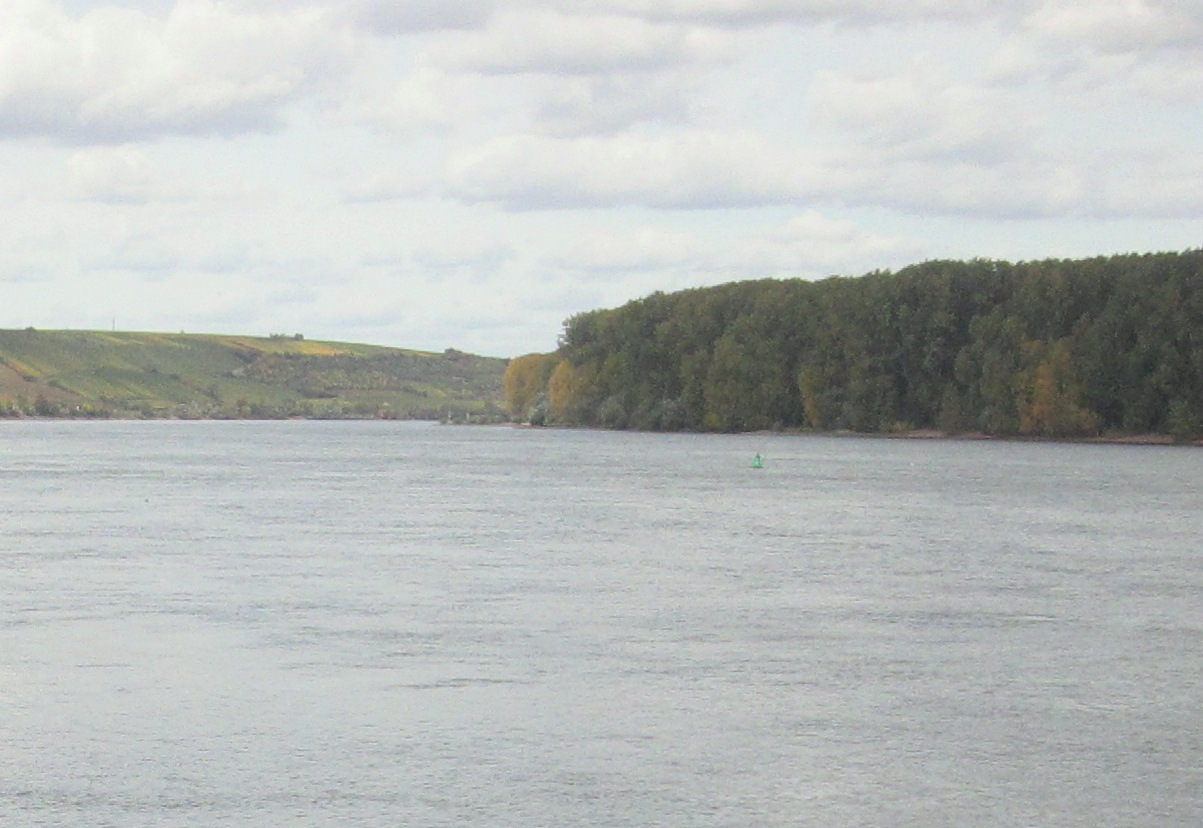Executive Summary – Singapore Energy and Renewables Report
Singapore is relatively small island-state in South East Asia. Its area is around 700 km2 but with high productivity in industry output, efficient air and sea transportation hub and ranked as one of the most open economy in the world. There are 14 sectors of industry in Singapore, in 2016 the industries have contributed S$ 72,177.3 Million to GDP. Producing electronics (USD 64.8 billion of output), energy & chemical (S$ 81 Billion of output).
According to Singapore Energy Statistics -2017, Singapore consumed energy around 15,400 KTOE in 2015, which 4,085.3 KTOE or 67.02% (10,322 KTOE) was consumed by industry related sector, around 2,675.3 KTOE (17.37%) consumed by transport related sector, 1,672.9 KTOE (10.86%) consumed by commerce and services Sector, the rest 706 KTOE by households, and 26 KTOE by others sector. The consumption of energy for electricity in 2015 was 4,085.3 KTOE, mainly for industrial related sector (1,727.2 KTOE) and commercial and services sectors (1,503 KTOE). Singapore provides the international marine bunker and international aviation bunker, which in total contributed more than 50% of oil product export.
The only viable renewable energy option in Singapore is solar energy. According to Singapore Land Authority (SLA), the potential roof top area available for PV Solar installation is between range 6.3 to 7.7 million M2, then the total potential capacity of PV installation in Singapore is around 882 MW to 1,155 MW. Until Q4 2017, the total PV Roof installed capacity was 143,3 MWp, which 6.9 MWp was installed by residential, and 136.4 MWp was installed by non-residential (private sectors, town councils and public service agencies).
Considering to the above, Singapore is facing the challenging era in providing energy demand for the country. There are three opportunities that are taken by Singapore to overcome the situation:
1. To continue the position of Singapore as one of oil trading hub in the world and extend it to become also one of gas trading hub in the world.
2. To promote the energy efficiency in all sectors in Singapore.
3. To support the world class of research and development in energy.
1. To continue the position of Singapore as one of oil trading hub in the world and extend it to become also one of gas trading hub in the world.
2. To promote the energy efficiency in all sectors in Singapore.
3. To support the world class of research and development in energy.
Singapore has not own inheritance energy resources, but Singapore produces 1.5 million barrels oil per day of oil refinery products. And as oil trading hub, Singapore has around 15% of world oil market. Singapore consumes gas more than 95% in electricity energy mix, Total Final Consumption in 2016 was 48,626.4 GWh, and more than 54,000 TJ used for final consumption in various sectors. To expand the country’s import capability and sourcing option for LNG, Singapore commenced commercial operations with the LNG Terminal in 2013. The LNG Terminal in Jurong have total LNG Storage Capacity of 800,000 M3 and targeted annual capacity to 11 Mtpa by 2018. And it will be the starting point for Singapore to become the hub for gas trading in the region.
Energy efficiency in the industry in Singapore is governed by the Energy Conservation Act (2013), which introduced the mandatory energy management requirement for energy intensive companies. Energy intensive companies consuming more than 15 GWh electricity or 54 TJ of fuel or steam per year are required to appoint an Energy Manager to monitor and report the energy use, GHG emission and submit the Energy Efficiency Improvement Plans. Beside legislation enforcing, mandatory energy management practices, policies were introduced to incentivize energy efficiency investments.
Energy efficiency in building at design stage is governed by BCA (Building & Construction Authority), which introduced the Singapore’s Green Mark Scheme. This scheme focuses on energy efficiency, water efficiency, environmental protection, indoor environmental quality and other green features. The government targeted by 2030 that 80% of building in Singapore will achieve the BCA Green Mark Certified Rating.
The Energy efficiency in transportation is governed by policies in transportation:
%uF0B7 Reducing private transportation
%uF0B7 Promoting Public Transportation
%uF0B7 Promoting Non Motorised Transport.
To control the growth of vehicle population in Singapore, the government introduced the Vehicle Quota System. This policy had reduced the annual growth of vehicle population from 3% in 1990 to 0.25% in 2015.
There are three (3) mechanism to control the residential energy efficiency:
1. MELS (Mandatory Energy Labeling Scheme)
2. MEPS (Energy Performance Standards)
3. Various Public Messaging Campaigns.
The Energy efficiency in transportation is governed by policies in transportation:
%uF0B7 Reducing private transportation
%uF0B7 Promoting Public Transportation
%uF0B7 Promoting Non Motorised Transport.
To control the growth of vehicle population in Singapore, the government introduced the Vehicle Quota System. This policy had reduced the annual growth of vehicle population from 3% in 1990 to 0.25% in 2015.
There are three (3) mechanism to control the residential energy efficiency:
1. MELS (Mandatory Energy Labeling Scheme)
2. MEPS (Energy Performance Standards)
3. Various Public Messaging Campaigns.
With these policies, the industries are pushed to sell only products which passed the energy efficiency label, and the public are educated to use only products that recommended by the authority. With the support of technology providers and institutes of higher learning, Singapore needs to enhance and strengthen the energy resilience through research and development in energy. EMA has awarded over $60 million benefiting over 25 companies and 11 Institutes of Higher Learning/Research Institutes under the RIE2015 Energy Innovation Research Programme. Under RIE2020, EMA will build on the past momentum and focus RD&D efforts in the three areas of power utilities, energy storage and smart grids that will meet Singapore’s energy needs. $46 million has been allocated to launch competitive grant calls and test-beds projects on this front.
Share This Article


